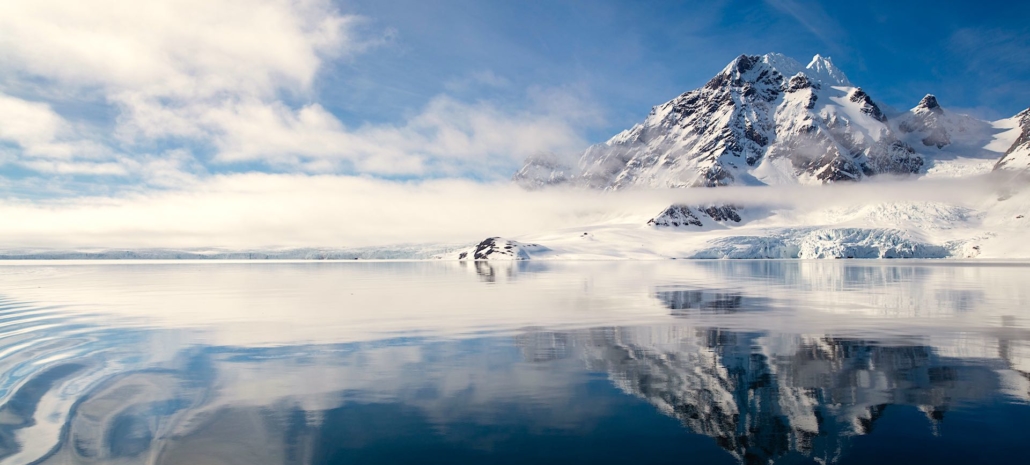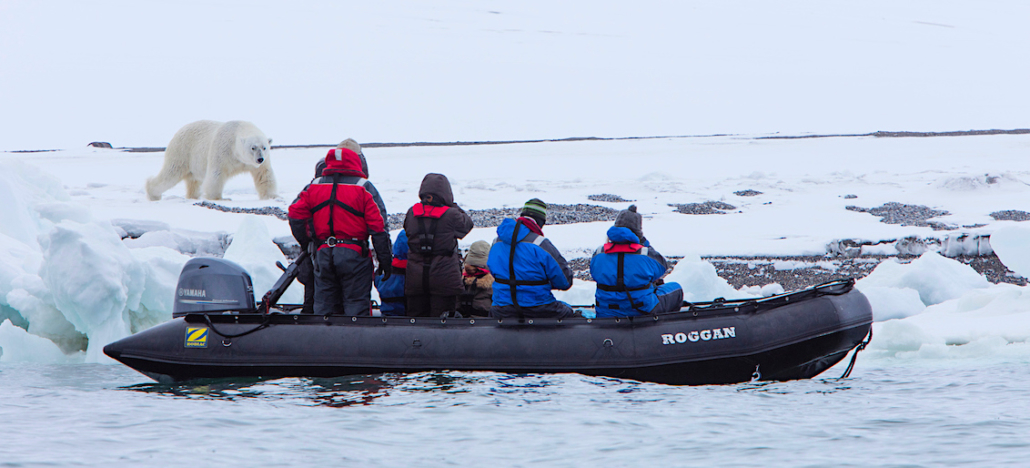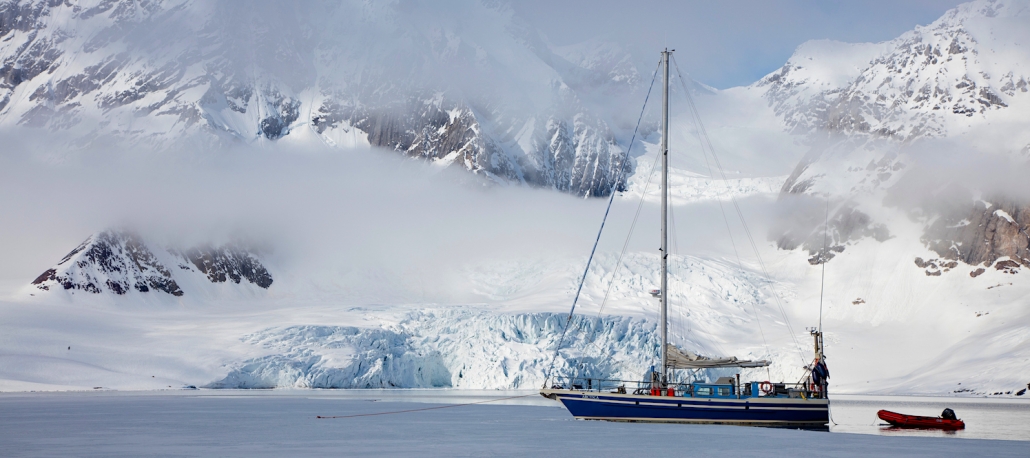Where is Svalbard
Svalbard is a Norwegian archipelago between mainland Norway and the North Pole. One of the world’s northernmost inhabited areas, it’s known for its rugged, remote terrain of glaciers and frozen tundra home to polar bears, walrus, seals, whales, Svalbard reindeer and Arctic foxes. The Northern Lights are visible during winter, and summer brings the “midnight sun”—sunlight 24 hours a day.
Copyright ©theoallofs
How to get there
The most common route to reach Svalbard is to fly via Oslo, Norway to Longyearbyen on Spitsbergen, the largest island of the archipelago. Longyearbyen Airport is the world’s most northerly airport to receive regular scheduled flights.
SAS offers several flights daily from Oslo to Longyearbyen during the high season from April to September. Some flights have a short stopover in Tromsø where you will have to leave the plane to go through customs because Svalbard lies outside the Schengen area. Alternatively you can also travel with Norwegian Air. However they don’t offer a daily service. Nationals with visa requirements for Norway or the Schengen area will need a valid visa. No visa is required for EU passport holders. The flying time from Oslo to Longyearbyen without stopover in Tromso is about 3 hours.
Useful Information about Climate, Weather and Ice Conditions
Day and Night length in Longyearbyen throughout the year
Svalbard Wildlife
The polar bear – also known as the King of the Arctic – is one of the world’s largest carnivores. The polar bear population in the Svalbard archipelago and Barents Sea is around 3,000, which exceeds the human population. In August 2015, a survey of the Norwegian subpopulation estimated almost 1000 polar bears. Of these a little less than 300 were located in Svalbard – most of them close to the ice edge.
The polar bear is considered a marine mammal as it spends most of its life on the drifting sea ice. Polar bear sightings are most common on the surrounding islands east of Spitsbergen, but you should be prepared to encounter a polar bear anywhere in Svalbard. Female polar bears give birth to their cubs in snow caves, and the cubs generally remain with their mother until they are around two years old. Their diet consists primarily of ringed seal, which is the most common seal species in the waters surrounding Svalbard.
Adult polar bears vary in size from 200 to 800 kg. Humans are considered alien in the polar bear habitat, and a polar bear may see us as potential prey. The polar bear is incredibly strong and even cubs weighing under 100 kg can be extremely aggressive and dangerous.
Copyright ©theoallofs
You can encounter polar bears anywhere in Svalbard all year round. Be cautious when moving outside the settlements and preferably be accompanied by a local guide. The polar bear has been protected by international law since 1973. It is considered a criminal act to hunt, lure, pursue, feed or disturb a polar bear.
Polar bears are an endangered species and are protected by law. In winter, polar bears can be found throughout the entire archipelago, while in summer they generally follow the sea ice and migrate north-eastwards. Unfortunately, it’s impossible to state when the best time is to spot polar bears. Polar bears roam freely throughout the archipelago without any limitations, and can cover long distances in just a few days. It’s difficult to predict the best places to see them, but obviously the longer you spend in Svalbard, the better your chances of seeing polar bears. Wild Focus Expeditions employs only highly experienced guides who have extensive knowledge of Svalbard and will look after your safety out in the field.
Wild Focus offers small group trips with a maximum of 16 passengers on former Swedish coast guard ships for 8-10 days between April and September. For the more adventurous and keen photographer they suggest a cruise on a sailboat with maximum 8 passengers. The Svalbard Extreme expeditions last between 13 – 17 days.
Wild Focus Expeditions has many years of experience in Svalbard. They mainly focus on finding and photographing wildlife, foremost polar bear but also walrus, seals, whales, Svalbard reindeer, Arctic fox and birds.
Copyright ©theoallofs




